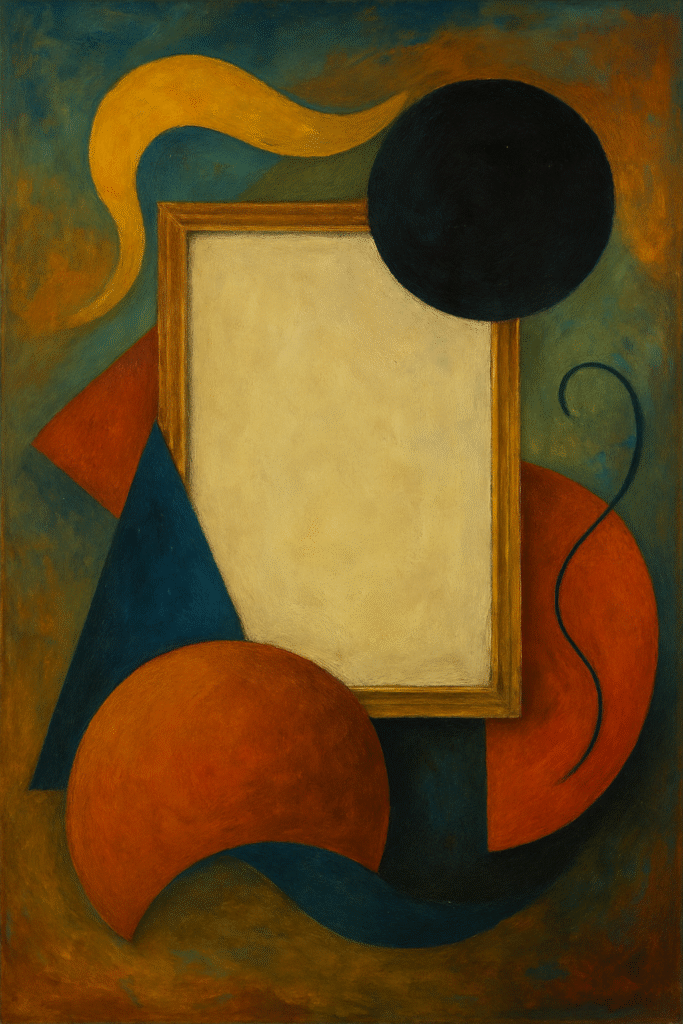Art has been a fundamental component of human expression for centuries. But the question remains, can art exist without meaning? In this exploration, we will delve into the complexities of art’s purpose, its interpretation, and the philosophical questions that surround it.
What Does It Mean for Art to Have Meaning?
Art is often defined by its ability to convey ideas, emotions, and messages. Meaning in art can take various forms—it’s often derived from the creator’s intentions, the context in which it is seen, or the viewer’s personal interpretation. According to the prevailing theories in the philosophy of art, meaning can be intrinsic or extrinsic, subjective or objective. This diversity raises a profound question: is art valuable only when it has a clear meaning?
The Arguments for meaning in Art
* Cultural Context: Art reflects the values and beliefs of the society it originates from.
* Emotional Resonance: Many artworks evoke strong emotions, suggesting that they carry personal significance.
* Interpretation: Viewers often derive meaning based on their experiences and knowledge.
This leads us to ponder if pieces can hold value even when their interpretations are ambiguous or seemingly devoid of purpose.
Can Art Exist Without Meaning?
Philosophers, artists, and critics have debated this topic through the ages. Can art exist without meaning, or is that an impossible proposition? The answer is complex and varies greatly depending on individual perspectives. Here are some key points to consider:
1. Abstract Art: Many abstract artists argue that their work does not aim to communicate a specific idea or message. Instead, it’s about the emotional experience.
2. Art for Art’s Sake: This philosophy posits that the value of art lies in its existence rather than its interpretation or meaning. This notion was expressed by the French poet Théophile Gautier, who argued that “art for art’s sake” allows viewers to engage with the aesthetic qualities of a piece without the need for underlying meaning.
3. Cultural Shift: In contemporary times, there are movements that embrace ambiguity in art. Artists like Mark Rothko and Jackson Pollock created works meant to evoke feelings rather than convey straightforward messages.
Characteristics of Meaningless Art
* Subjective Experience: It prompts viewers to reflect rather than comprehend.
* Emotional Engagement: It resonates on a personal level, irrespective of its interpretive clarity.
* Form Over Function: The aesthetic qualities, such as color or composition, take precedence over explicit messages.
An interesting point to note is how society shapes the perception of meaning in art. For example, consider how art discussions have evolved in the digital age with the rise of social media platforms. Art can now take on new meanings as it circulates and is interpreted across various cultures.
The Value of Art Beyond Meaning
The debate on whether art can exist without meaning leads us to a crucial realization: the value of art is not solely dependent on its meaning. Here are several aspects in which art holds intrinsic worth:
* Aesthetic Pleasure: Art can be enjoyable purely visually, irrespective of its narrative or message.
* Cultural Significance: The historical and cultural contexts of art enrich our understanding of human experiences and traditions.
* Emotional Impact: Engaging with art can serve as a therapeutic activity, providing relief and joy even when no direct meaning is attached.
Quotes from Influential Thinkers
* “Art is the most beautiful of all lies.” – Claude Debussy
* “The artist’s job is to be a witness to their time.” – Eric Kandel, Nobel Laureate
As highlighted by these quotes, the emotional and cultural implications of art transcend mere meaning.
Exploring the Objective of Art
At this point, let’s dive deeper into the objective of art. Artists often set out with specific goals:
* To provoke thought or discussion.
* To express emotions that might be difficult to articulate.
* To comment on societal issues.
Yet, art can fulfill these objectives without necessarily being laden with meaning. This notion aligns closely with principles where art appreciation leans towards subjective experience over dictated messages.
Art and Its Interpretations
While some feel that a lack of clear meaning diminishes art’s importance, it can also provide numerous layers for discovery. Different interpretations of the same piece can coexist, each valuable in its own right. This multiplicity is a hallmark of our cultural evolution and reflection on humanity’s complexities.
Conclusion: The Duality of Art’s Existence
So, can art exist without meaning? The answer, while nuanced, tends to lean towards an affirmative. Art can thrive as a sensory experience, an emotional outlet, and a cultural artifact, even in the absence of defined meaning. By understanding this, we open the door to diverse forms of artistic expression and appreciation.
As you contemplate your experiences with art, consider what it means to you personally and how it shapes your understanding of the world.
Call to Action
If you’re intrigued by the intricate dance of art and meaning, explore this further. Get started on your own journey of art appreciation by visiting galleries, reading about different artistic movements, or participating in local discussions.
Additional Resources
* For deeper insights into the cultural implications of art, visit the Government Research Database.
* For scholarly articles exploring the intersection of art and philosophy, check out the Academic Research Portal.
Embrace each artwork as a potential window to broader human experiences and philosophies after all, art exists to connect us on many levels.


